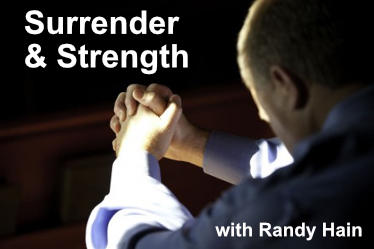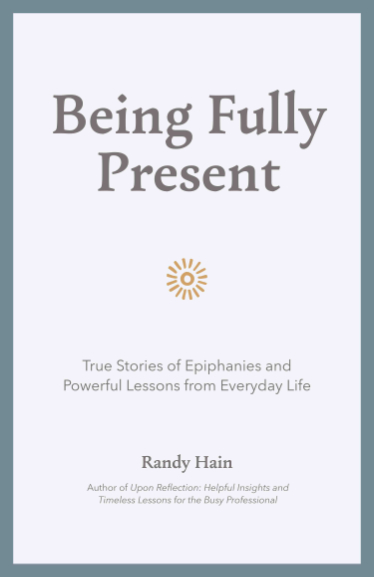 Kyrie and Brielle Jackson were born on October 17, 1995, a full 12 weeks ahead of their due date. The standard practice, that time, at The Medical Center of Central Massachusetts in Worcester, where the twins came into the world, was to place them in separate incubators in order to reduce the risk of infection.
Kyrie and Brielle Jackson were born on October 17, 1995, a full 12 weeks ahead of their due date. The standard practice, that time, at The Medical Center of Central Massachusetts in Worcester, where the twins came into the world, was to place them in separate incubators in order to reduce the risk of infection.
Kyrie’s birth weight was two pounds three ounces. She gained weight quickly and slept calmly. Brielle, however, three ounces lighter than her sister, had breathing and heart-rate problems. The oxygen level in her blood was low, and her weight gain was slow.
On November 12, tiny Brielle went into critical condition. Her stick-thin arms and legs turned bluish-gray as she gasped for air. Her heart rate soared. The Jackson parents watched, terrified that their little daughter might die.
It is said that desperate moments call for desperate measures. Nurse Gayle Kasparian, after exhausting all the conventional remedies, decided to try a procedure that was common in parts of Europe but virtually unknown in the United States. With parental permission, she placed the twins in the same bed. No sooner had she closed the incubator door, Brielle snuggled up to Kyrie and began to calm down. Within minutes, her blood-oxygen readings improved. As she dozed, Kyrie wrapped her left arm around her smaller sister. Brielle’s heart rate stabilized and her temperature rose to normal.
In due time, the twins went home. Their parents placed them, once again, in the same bed where they continued to thrive. Even after five years, according to mom and dad, the twins still sleep together and, not surprisingly, still snuggle.
The photograph of Kyrie hugging her little sister, dubbed the “Rescuing Hug,” appeared in both Life magazine and Reader’s Digest. It brought fame to the pair and spurred a growing interest in co-bedding premature twins, triplets, and quads. The University of Massachusetts Memorial, for example, has co-bedded at least 100 sets of multiple birth preemies. Observing this practice over a period of five years, the hospital staff there has not found a single case of twin-to-twin infection. In addition, clinical studies have shown that premature twins enjoy substantial benefits when they are placed in the same bed together. One researcher, Mary Whalen, reports the following benefits:
- Decreased number of apnea problems
- Improved blood-oxygen levels
- Increased weight gain
- Better feeding
- Greater temperature regulation
- Decreased agitation
- Decreased length of hospital stays and likelihood of re-admission
Someone has said that we need four hugs a day for survival, eight for maintenance, and twelve for growth. This may not be mathematically accurate, but it does illuminate a truth about human beings: “I touch therefore we are,” is infinitely more revealing of human nature than “I think therefore I am.”
Science tells us that hugging is healthy in a variety of ways. It strengthens our immune system, reduces stress, assists sleep, and is an antidote to depression. Researchers at the University of North Carolina at Chapel Hill state that cuddling with your spouse can be good for your blood pressure. Kathleen Keating may not tell us everything we want to know about the mutual benefits of hugging in her book, The Hug Therapy, but she does make it clear that hugging can be wonderfully therapeutic in a variety of ways for people of all ages.
The word “miraculous” is often associated with the benefits of hugging. It would seem that the word “natural” would be more suitable. After all, we are naturally constituted with bodies. And it is through our bodies that we come into contact with the outside world and the people who inhabit it. And it is by means of our bodies that we come to understand who we are as embodied persons. Consider what the author of the “Theology of the Body,” Blessed John Paul II has said about how we function as human persons: “As human beings, we are capable of participating in the very humanity of other people, and because of this every human being can be our neighbor . . . The Gospel also suggests this by using not the word other but the word neighbor.”
We adults are often blind to the obvious. Sometimes it takes two premature infants (young enough to be dispatched through abortion as unwanted others) to remind us of what kind of beings we are, and that we are primarily natured to each other precisely as neighbors. Yet we are embodied neighbors. Through hugs and handshakes, smiles and squeezes, touches and tickles, kisses and cuddles, we honor and affirm one another. This is not something we need to learn. Brielle and Kyrie knew this long before they were conscious of it. But it is something we may need to re-learn, and surely something we should never forget.
Participation reveals more truly the most fundamental dynamic of our human nature. Unfortunately, we are caught up in the frenzy of individualization, and as a result, sometimes forget who we really are. In trying to secure our “right” to be an individual, we can easily lose sight of the more basic fact that we are persons whose destiny is to live and love in the interpersonal horizon of giving and receiving. Little Kyrie’s hug encircles every one of us, reminding us in the most gentle of manners that we are called to participate through love in the lives of all our neighbors.
Please help us in our mission to assist readers to integrate their Catholic faith, family and work. Share this article with your family and friends via email and social media. We value your comments and encourage you to leave your thoughts below. Thank you! – The Editors













